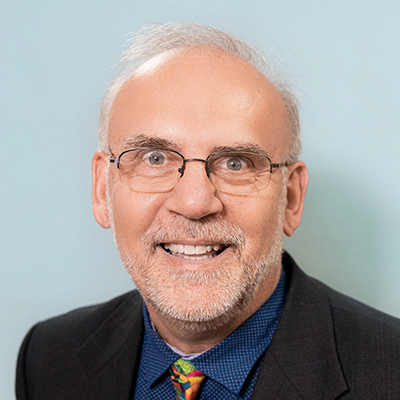
Workshop Topic Detail
Flipped Learning: Pathway to Student Success
Reversing the traditional lecture and homework elements and integrating engaged-learning activities transforms the classroom experience from a teacher-centered to a learner-centered environment. This completely changes the classroom dynamics and makes students more responsible for their own learning. Student attendance, engagement, participation, and conceptual understanding will sharply increase and result in vastly improved student learning outcomes and student success. Come explore the possibilities offered by the flipped classroom model, engage with other participants, and leave with a variety of interactive engagement activities that can be implemented immediately.
By the end of this workshop, participants know or will be able to:
- Describe the advantages of the flipped learning model.
- Identify at least ten strategies/tools that can be used to promote active engagement in your class.
- Have the confidence to implement the flipped model in your classroom.
- Develop a personal plan to flip your class. Have access to a variety of references and resources related to flipped learning.
Plans for Audience Participation and Interaction:
Active engagement activities are embedded throughout the session as a means of engaging participants, getting them to reflect upon the material as it is introduced, and showcase activities they can apply in their classrooms. Polling questions are strategically used to get a quick sense of participants’ experience in various topics and willingness to try different activities.Chat rooms are used to facilitate participants providing answers to specific questions (e.g., What would they like to improve in their classroom? How will they know if a flipped classroom is successful?). Breakout rooms are used so participants can engage with each other in small groups to share their perceptions about the activities described and voice their concerns about flipping a classroom. At the conclusion of the workshop, participants are provided the outline of a flipped learning implementation plan they can use to identify which activities they want to integrate into their flipped classroom. In addition, each participant is asked to complete a 3-2-1 Activity during which they reflect on the workshop and identify three things they learned, two things they want to learn more about, and one thing they can’t wait to share with someone else.
Facilitator(s)

Erik Christensen holds engineering degrees from the U.S. Naval Academy and the Massachusetts Institute of Technology. He is a registered professional engineer in the Commonwealth of Virginia. His first career was in the U.S. Navy where he served for 23 years as an engineering duty officer and deep-sea salvage diver. Erik subsequently taught physics, astronomy, and astrobiology at South Florida State College for twelve years before becoming the dean of applied sciences and technologies for five years. Erik retired from South Florida State College in 2021 and was awarded the title of dean emeritus. He continues to teach astronomy online and support professional development focused on the flipped classroom, open educational resources, and soft skills. Erik continues to be regularly asked to provide keynote presentations and faculty development for various colleges; is an invited speaker at the SACSCOC Summer Institute; facilitates soft skills workshops for colleges, high schools, and local businesses; and is a faculty mentor for the American Association of Colleges and Schools’ Institute on Open Educational Resources where he provides in-depth, hands-on mentoring for three colleges each year. Erik regularly presents at national conferences on the innovative and creative strategies he uses to actively engage his students.

